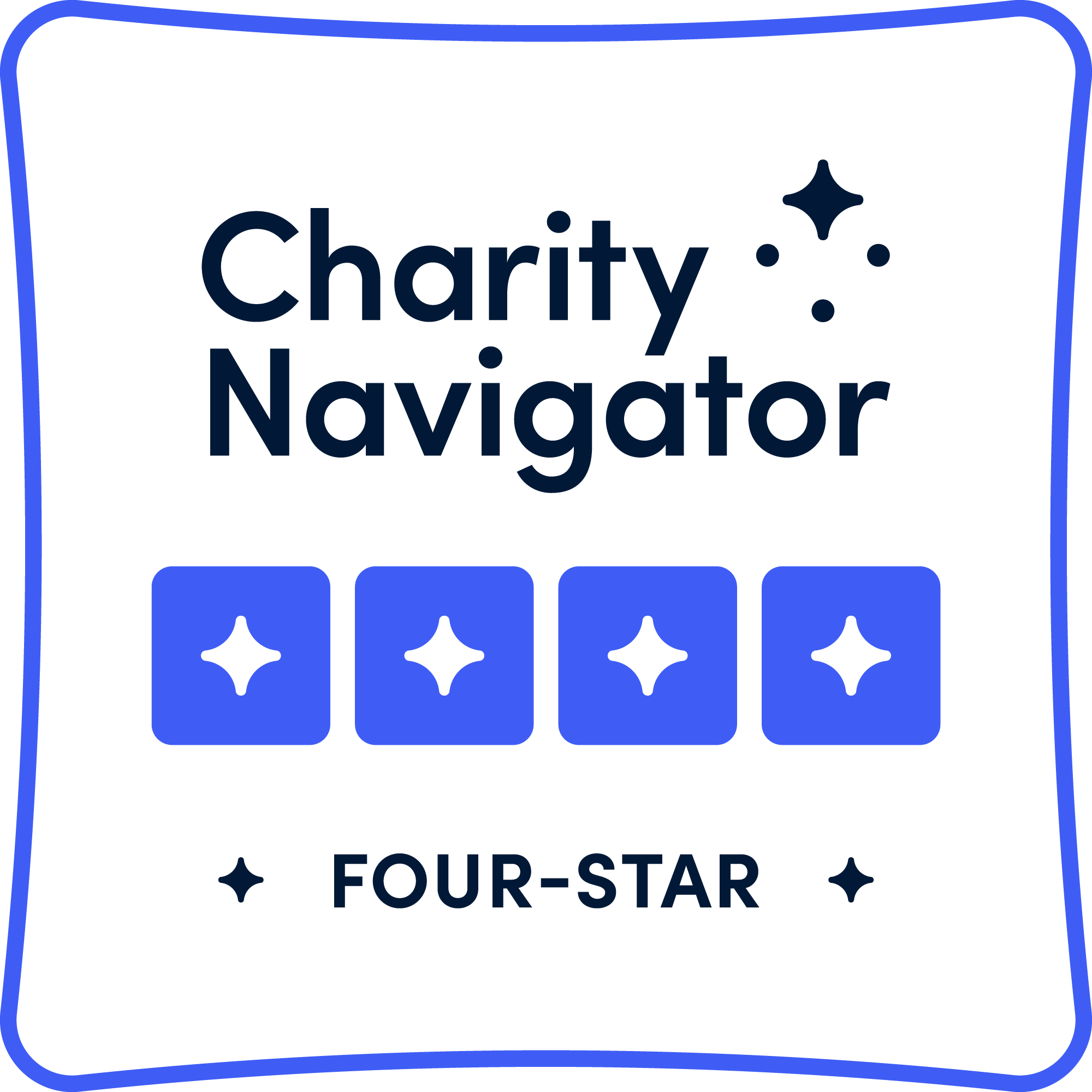[vc_row][vc_column][vc_column_text]If the hepatitis A outbreak in 2017 was a warning for the city to address the health needs of the homeless population, the COVID-19 pandemic is surely a cataclysmic wake-up-call by comparison. When Public Officer Dr. Wilma Wooten marked October 25, 2018 as 100 days from the last confirmed case of hepatitis A, it was a culmination of a $12 million effort to disinfect the streets, promote vaccinations, install portable toilets and hand-washing stations, and expand the city’s temporary shelters.
Fast forward to 2020, and the new reality of COVID-19. As of March 24, the United States had 62,852 confirmed cases, and 885 deaths. San Diego County, as of March 24, had 242 cases and 2 deaths. While San Diego’s numbers are low by comparison to other cities, they are certain to rise, and unlike the days prior to the hepatitis A outbreak of 2017, the city of San Diego is taking proactive steps to prepare for the inevitable spread of the virus in the homeless population.
In a March 23rd press conference, Mayor Faulconer and Supervisor Nathan Fletcher announced expanded homeless services at Golden Hall, including upper level hotel rooms available for older, medically compromised homeless clients. The main level of the hall, previously used for beds, will be used for triage and counseling. These additional beds will be available at Golden Hall this week, and conversion is underway to provide additional beds at the Convention Center next week.
As public health nurses visit nine different homeless shelters in the county, more presumptive cases of COVID-19 will be identified, and since homeless clients cannot shelter in place, they will need to isolate in secure locations. In anticipation of this, the county of San Diego has secured 1954 motel and hotel rooms. Additional rooms will become available in Golden Hall as clients without the need for isolation are transitioned to appropriately arranged beds at the Convention Center.
As you read this letter on your computer, phone or tablet, it is a stark reminder that the city’s homeless population does not have the benefit of media-driven updates. Without our community outreach workers, there is limited understanding of the current situation, or the increased risk to communal living situations, whether on the street or in a cramped shelter. With the current crisis, our bridge shelters must now provide medical triage for COVID-19, and direct clients to isolated living spaces when needed. They must also continue to provide wrap around services for basic hygiene, nutrition, substance abuse, mental health, and employment; along with a plan for permanent housing.
The city made great strides in the past few days in the face of a pandemic. However, there remains a critical, unanswered question from the press conference. What is the exit strategy after COVID-19? Where will homeless clients reside when the Convention Center is no longer available? Has the city moved ahead decisively with plans to transition empty buildings as extended temporary housing? It is critical to address the immediate challenge of COVID-19, but the long-range plan must not be abandoned.[/vc_column_text][/vc_column][/vc_row]

